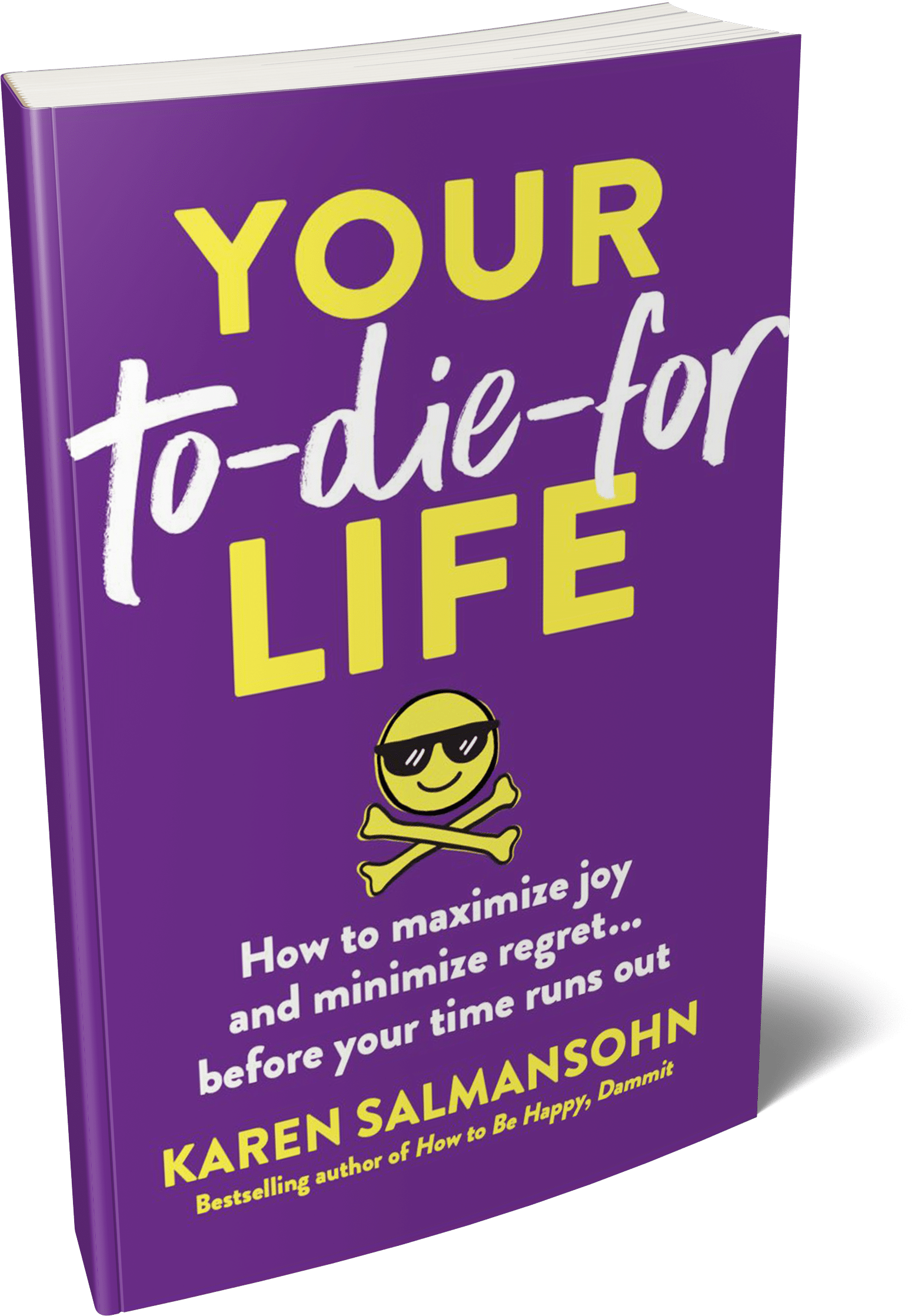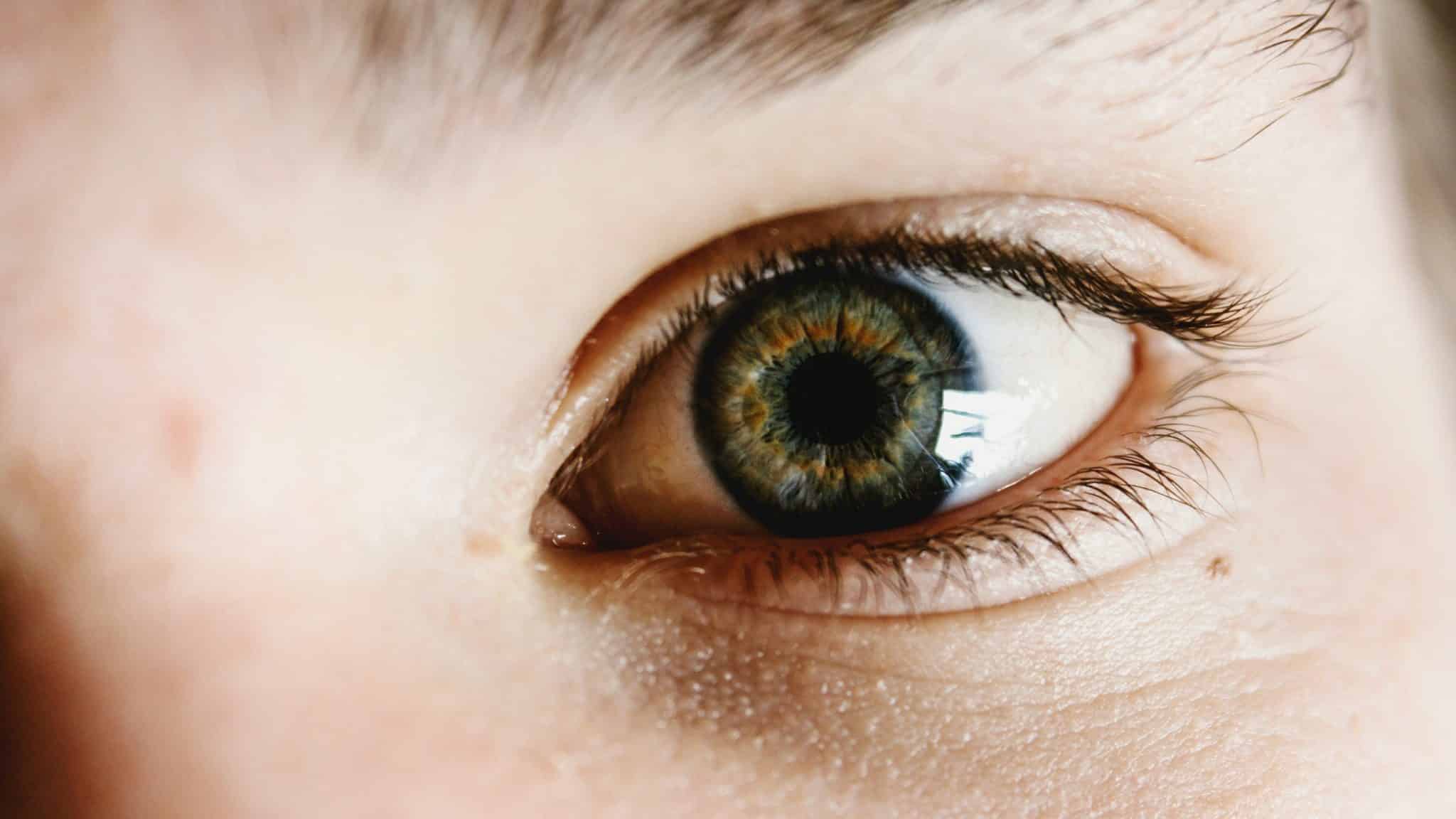
Get A Sneak Peek at my book “Your To-Die-For Life”!
Get a FREE sneak peek! Learn how to use Mortality Awareness as a wake up call to live more boldly.
 Our eyes tell a story every day — of where we’ve been, what we love, and how we see the world. But when vision starts to blur or fade, that story can feel incomplete. Losing clarity affects more than eyesight; it can impact independence, confidence, and joy in daily life.
Our eyes tell a story every day — of where we’ve been, what we love, and how we see the world. But when vision starts to blur or fade, that story can feel incomplete. Losing clarity affects more than eyesight; it can impact independence, confidence, and joy in daily life.
Across places known for cutting-edge medical innovation, such as San Francisco, eye care has entered a new era. Specialists now use advanced tools and technology that go beyond simple correction. They’re helping people see clearly again and, just as importantly, feel like themselves.
Here are four innovative treatments that are changing the way we look at vision — and at life.
Some people develop a condition called keratoconus, where the cornea — the clear front surface of the eye — becomes thin and starts to bulge outward. This makes vision distorted, blurry, and sometimes even painful.
That’s where modern treatments like corneal cross linking in San Francisco come in. This procedure uses a combination of ultraviolet light and vitamin B2 (riboflavin) drops to strengthen the cornea. It works by creating new collagen links that make the eye’s surface more stable and less likely to change shape.
Clinics like Pacific Vision Institute specialize in this advanced procedure, offering personalized care that helps patients stop the progression of keratoconus. It’s a simple, outpatient process with minimal discomfort, but its impact on vision and confidence can be life-changing.
For millions of people, LASIK has been the gateway to freedom from glasses and contacts. The procedure uses a precise laser to reshape the cornea so that light focuses correctly on the retina.
What makes LASIK so popular is its quick recovery. Most people notice clearer vision within a day or two and return to work almost immediately. Imagine waking up and seeing your alarm clock clearly — no reaching for glasses, no fumbling for contacts.
This newfound independence does more than improve sight; it boosts confidence. From driving safely to enjoying outdoor sports, LASIK helps people reconnect with activities they once avoided because of vision limitations.
SMILE, or Small Incision Lenticule Extraction, is one of the newest advancements in laser vision correction. Think of it as LASIK’s gentler cousin. Instead of creating a large flap in the cornea, SMILE uses a tiny incision — about the width of a human hair — to remove a small piece of corneal tissue and correct vision.
Because the incision is so small, the healing process is faster and there’s less chance of dryness or irritation. Many patients describe it as a quick, comfortable experience that fits easily into a busy lifestyle.
SMILE is ideal for people who want the benefits of laser correction but prefer a more subtle, minimally invasive approach. It’s proof that innovation doesn’t always mean complexity — sometimes, it just means smarter precision.
As we age, the natural lens in our eyes can become cloudy or lose flexibility, making it harder to focus. This often leads to cataracts or the need for multiple pairs of glasses.
Lens implant surgery offers a long-term fix. During the procedure, the cloudy or stiff natural lens is replaced with a clear, artificial one that restores sharp vision. Some advanced lenses can even correct nearsightedness, farsightedness, and presbyopia at the same time.
What once sounded intimidating has now become a safe, routine surgery that delivers impressive results. Patients often say the world looks brighter and more vivid afterward — colors pop, details sharpen, and life feels full again.
The most exciting part of vision science is that innovation isn’t slowing down. Researchers are exploring AI-powered diagnostics, robotic surgery tools, and even gene therapy for inherited eye diseases. These developments aim to catch problems earlier, personalize treatments, and protect vision for life.
Future eye care will likely focus on prevention rather than correction — detecting issues before they cause noticeable vision loss. Wearable eye-health sensors, advanced imaging, and smarter surgical planning are all on the horizon. The goal isn’t just clearer vision; it’s lifelong eye wellness.
As these breakthroughs continue, confidence in eye health will only grow stronger. People will no longer wait for problems to appear — they’ll act early, knowing technology can preserve what matters most.
Good vision shapes how we experience the world — from the faces we love to the sunsets we chase. When sight fades, confidence often fades with it. But thanks to modern innovation, that story is changing.
Treatments like corneal cross-linking, LASIK, SMILE, and lens implants aren’t just restoring eyesight — they’re restoring independence, optimism, and self-belief.
With every new discovery, patients gain more than clarity; they gain a renewed sense of confidence in how they see and live. Clear vision, after all, doesn’t just change how you look at the world — it changes how you see yourself.
P.S. Before you zip off to your next Internet pit stop, check out these 2 game changers below - that could dramatically upscale your life.
1. Check Out My Book On Enjoying A Well-Lived Life: It’s called "Your To Die For Life: How to Maximize Joy and Minimize Regret Before Your Time Runs Out." Think of it as your life’s manual to cranking up the volume on joy, meaning, and connection. Learn more here.
2. Life Review Therapy - What if you could get a clear picture of where you are versus where you want to be, and find out exactly why you’re not there yet? That’s what Life Review Therapy is all about.. If you’re serious about transforming your life, let’s talk. Learn more HERE.
Think about subscribing for free weekly tools here.
No SPAM, ever! Read the Privacy Policy for more information.